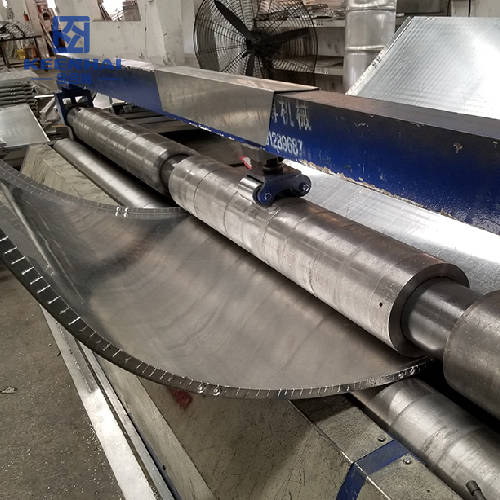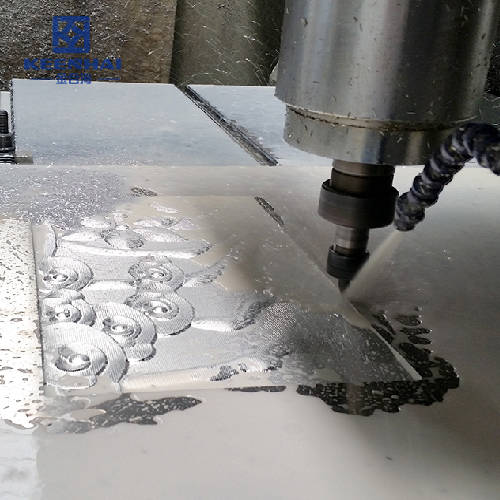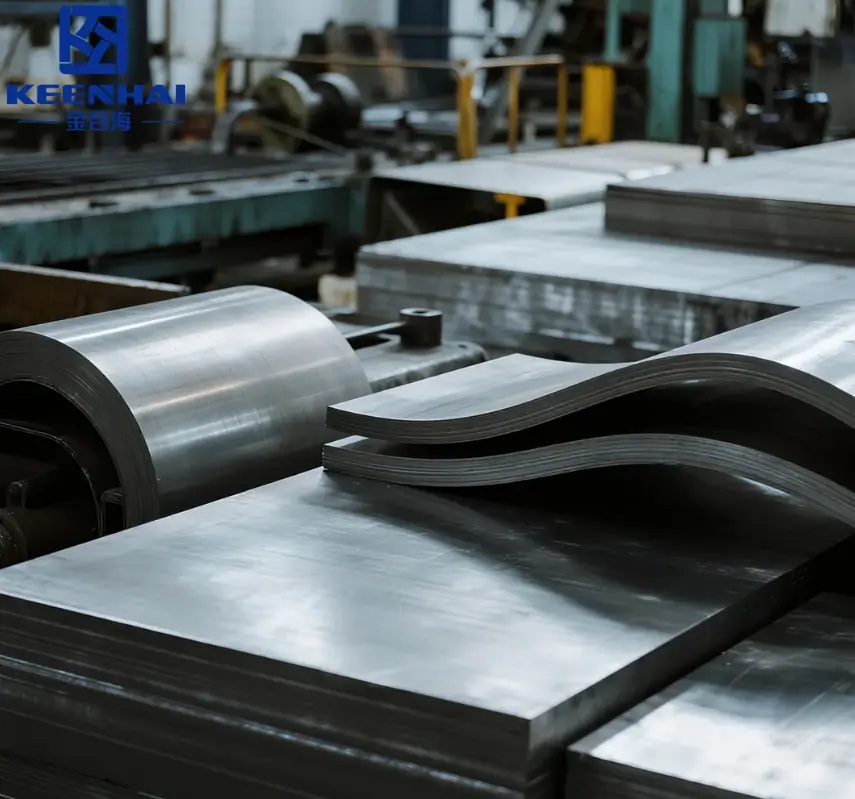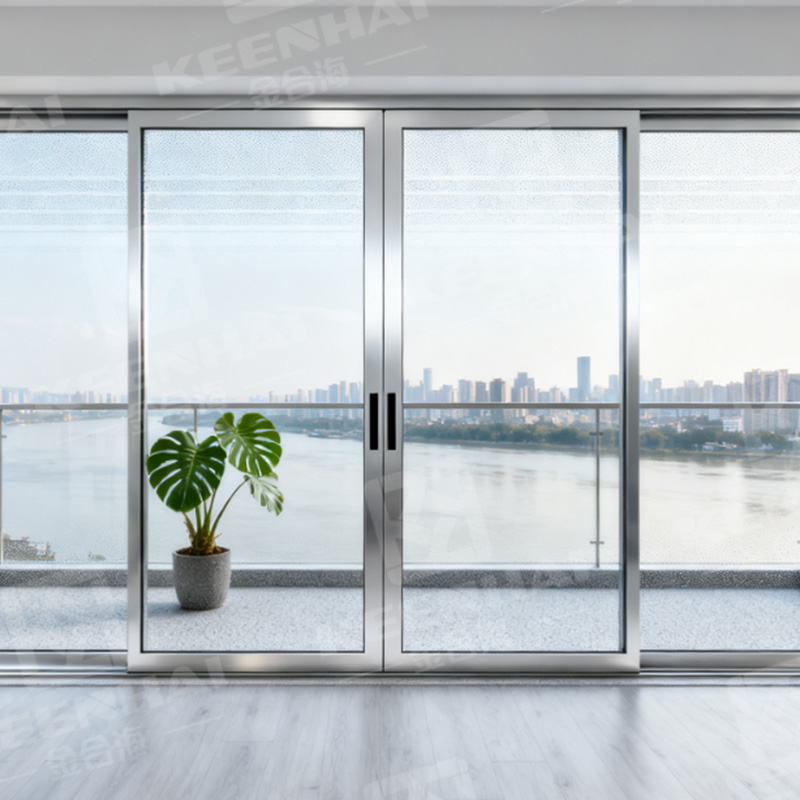If you’re wondering about the difference between 이녹스 그리고 스테인리스 스틸, the short answer is simple: they are essentially the same material, but the grade and application make all the difference. Inox usually refers to stainless steel in general, while the choice between types like 304 and 316 affects cost, rust resistance, and long-term durability. For kitchens, indoor projects, and areas without harsh exposure, 304 스테인리스 스틸 is often enough. In marine or outdoor environments, 316 is the smarter option because of its superior corrosion resistance. This guide will break down cost, durability, and real-life uses so you can pick the right grade for your project in 2025.
1.What Is Inox Material?
1.1Definition of Inox Material
The term 이녹스 프랑스어에서 유래되었습니다 inoxydable, which translates to “stainless.” Inox material is another name for stainless steel, commonly used in Europe and certain industries like kitchenware and architecture. Thanks to its unique chemical composition, the term emphasizes the material’s ability to resist rust and staining.
1.2Key Properties of Inox Material
이녹스 소재는 크롬 함량(일반적으로 10.5% 이상)으로 인해 뛰어난 내식성으로 유명합니다. 이는 표면에 수동층을 형성하여 산화로부터 보호합니다. 또한 기계적 강도, 내구성, 시각적으로 매력적인 광택 마감으로 인해 기능적 및 장식적 용도 모두에 적합한 선택입니다.
2.What Is Inox and Stainless Steel?
이녹스, short for acier inoxydable, is a high-chromium 스테인리스 스틸 alloy that offers superior resistance to rust and staining. It is widely used in high-end applications like kitchen equipment, jewelry, and marine products.
Stainless steel, in general, is a broad category of alloys that includes Inox and other grades. It contains a minimum of 10.5% chromium to prevent corrosion but may vary in nickel, molybdenum, and other alloy content depending on the grade.
| 특징 | 이녹스 | 스테인리스 스틸 |
|---|---|---|
| Chromium Content | Typically 18%+ | 10.5%-18% (varies by grade) |
| 내식성 | Very high | 높은 |
| Common Uses | Kitchen equipment, jewelry | Construction, automotive, appliances |
All Inox is stainless steel, but not all stainless steel qualifies as Inox. This distinction is important when choosing materials for harsh environments.
3.Durability and Corrosion Resistance
-
이녹스: Extremely resistant to oxidation, ideal for outdoor or high-humidity environments. It rarely rusts and maintains a polished finish over time. In marine environments, Inox 316 is often preferred for its molybdenum content, which improves corrosion resistance against saltwater.
-
Standard Stainless Steel: Durable and corrosion-resistant, but some grades like 304 may show minor surface rust if not maintained. For indoor projects, 304 stainless steel is usually sufficient.
Example: A stainless steel kitchen sink made of 304 grade may last 10–15 years with proper care, while a 316 Inox sink in a coastal home can easily last 20+ years without visible corrosion.

4.Comparing Inox Material and Stainless Steel
4.1Terminology Differences
One of the main distinctions between Inox material and stainless steel lies in terminology. Inox material is the term more commonly used in Europe and select industries, while stainless steel is the global term. Despite the difference in nomenclature, they refer to the same material.
4.2Performance Similarities
Whether you call it Inox material or stainless steel, the material’s performance remains consistent. Both terms describe a corrosion-resistant, durable alloy with similar applications in construction, household items, and industry.
4.3Variations in Perception
The difference in naming can create a perception that they are distinct materials. For example, “Inox” may be seen as a more premium brand in certain regions due to its association with European quality. In reality, the distinction is purely semantic.
4.4Cost Comparison
Material cost is often the first consideration for many projects.
| 재료 | Average Price per Kg (USD) | Notes |
|---|---|---|
| 이녹스 | 5–8 | Premium, corrosion-resistant |
| 스테인리스 스틸 | 3–6 | Cost-effective, versatile |
-
이녹스: Higher upfront cost due to chromium and alloy content, but lower maintenance and longer lifespan often justify the price.
-
스테인리스 스틸: More budget-friendly and versatile for most indoor and non-extreme applications.
Real-world ROI: For outdoor stair rails or coastal railings, choosing Inox 316 over standard stainless steel may increase initial cost by 30–50%, but it avoids rust damage and replacement costs over a 15-year span.
5.Key Applications
5.1Kitchen and Household Items
이녹스 소재는 주방용품의 품질과 동의어입니다. 부식 방지, 쉬운 세척 및 광택 있는 미학으로 인해 냄비, 팬, 칼 붙이 및 싱크대에 선호되는 선택입니다. 비반응성 표면은 음식을 준비하는 데도 안전합니다.
5.2Construction and Design
스테인리스 스틸의 강도와 내후성은 건설의 필수 요소입니다. 주거 및 상업용 건물 모두에서 구조적 틀, 난간, 외관 및 장식 요소에 사용됩니다. 스테인리스 스틸 또는 이녹스 소재의 매끄럽고 현대적인 외관은 건축 디자인을 향상시킵니다.
5.3Industrial and Automotive Uses
산업 플랜트나 자동차 제조와 같은 까다로운 환경에서 스테인리스 스틸은 내구성과 극한 조건을 견뎌낼 수 있는 능력으로 인해 탁월합니다. 배기 시스템, 화학 탱크, 해양 장비에 일반적으로 사용됩니다.
6.Different Grades of Inox and Stainless Steel
Understanding grades can help fine-tune your choice:
| Grade | 일반적인 사용 | Key Advantage |
|---|---|---|
| 304 | Kitchen equipment, appliances | Cost-effective, good corrosion resistance |
| 316 | Marine, outdoor furniture | High corrosion resistance, ideal for harsh environments |
| 430 | Automotive trim, indoor appliances | Magnetic, budget-friendly |
For outdoor, coastal, or high-moisture areas, Inox 316 or equivalent is the safest choice.
7.Maintenance and Lifespan
-
이녹스: Low maintenance. Occasional cleaning with mild detergent keeps it shiny. Extremely resistant to corrosion, scratches, and stains.
-
스테인리스 스틸: Requires regular cleaning to prevent surface rust, especially in high-humidity or coastal areas. Abrasive cleaners may damage the protective chromium layer.
Example: A 316 Inox outdoor railing may only need yearly cleaning, while a 304 stainless steel railing might require quarterly maintenance in the same environment.

8.Common Misconceptions
-
All stainless steel is Inox – Incorrect. Only certain high-chromium stainless steels qualify as Inox.
-
Higher price always means better quality – Not necessarily. Choosing the right grade for your environment is more important.
-
Maintenance is the same for all grades – Inox generally requires less care, while standard stainless steel may need frequent cleaning to prevent rust.
When deciding between 이녹스 그리고 스테인리스 스틸, consider:
-
Environment: Coastal, marine, or humid areas favor Inox 316.
-
Budget: Stainless steel is sufficient for indoor, less demanding applications.
-
Longevity: Inox offers longer lifespan and lower long-term maintenance.
By understanding your project requirements, you can choose the material that provides the best combination of durability, performance, and value.
If you’re ready to pick the finish that locks in color and cuts long-term upkeep, see our PVD stainless steel sheet guide.







